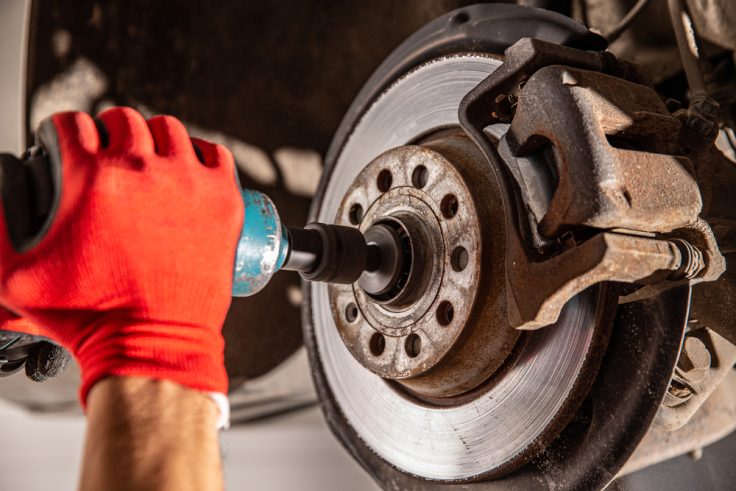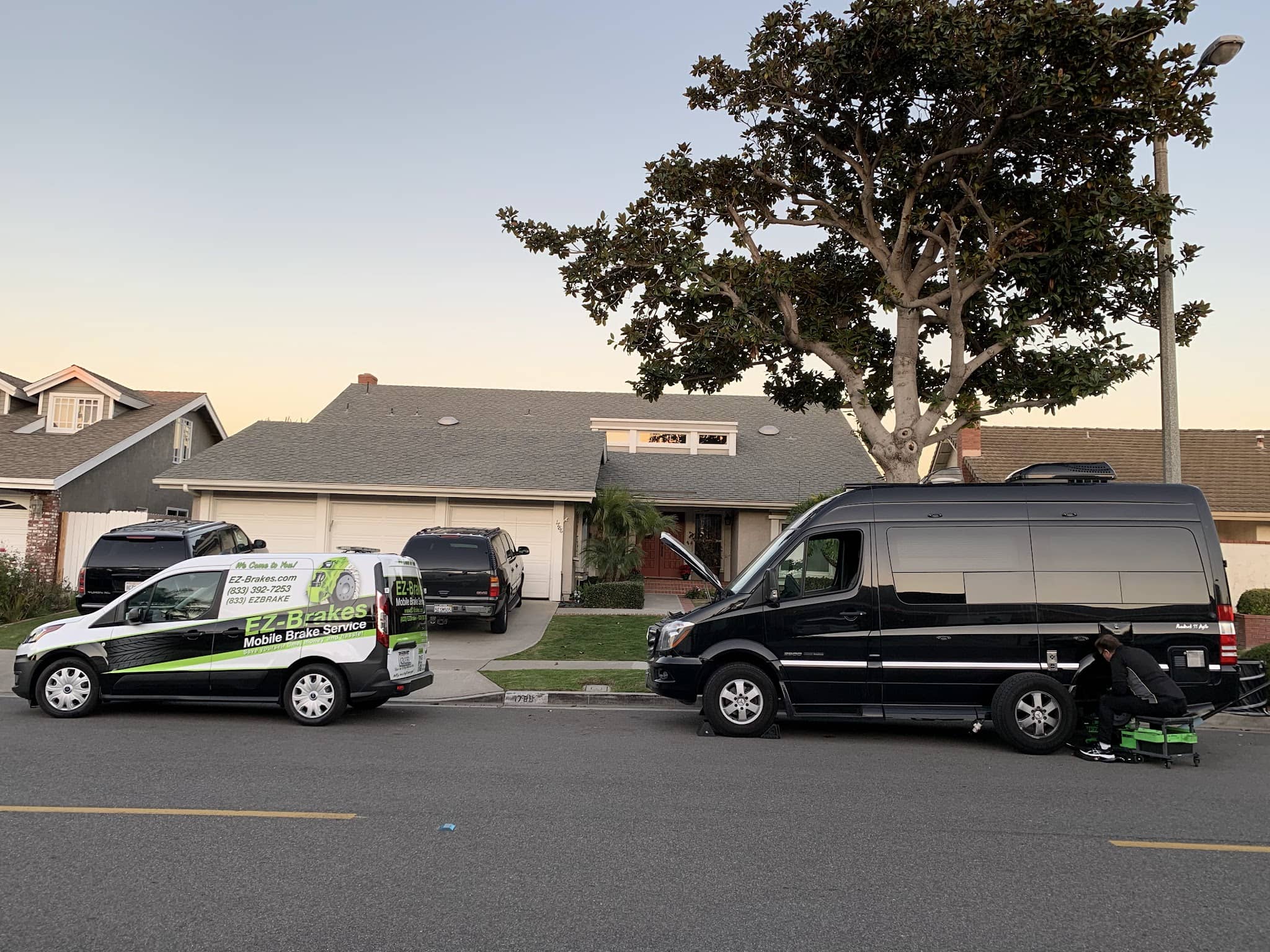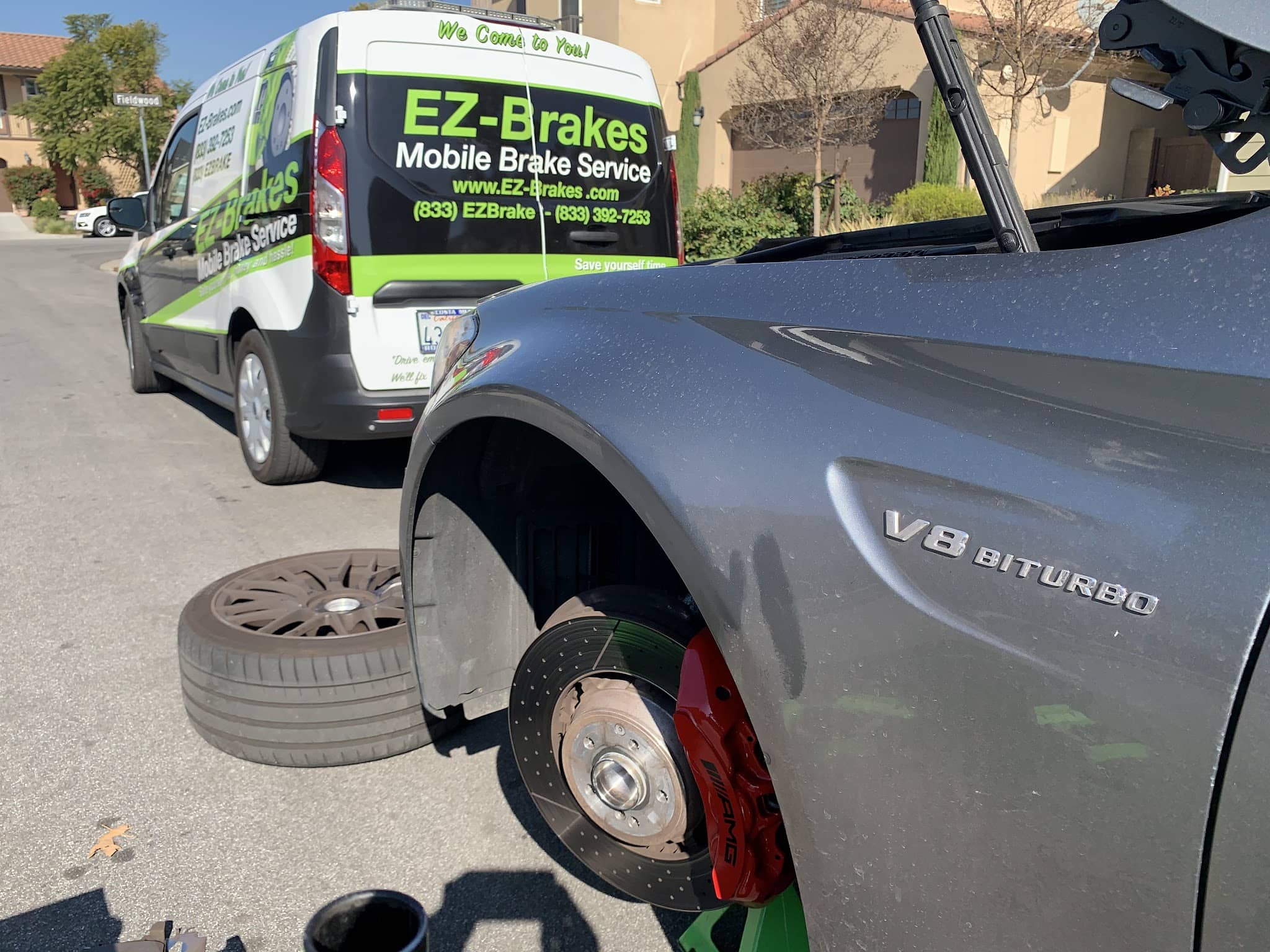What is brake lag? Brake lag refers to the amount of time between applying the brake pedal and the vehicle actually slowing down. This delayed reaction can be dangerous, especially in emergency situations. Brake lag is influenced by several factors, including the condition of your braking system, the weight of your vehicle, and the amount of air pressure in the system. In this article, we will explore the most common reasons for brake lag, how it affects your braking distance, and the necessary pressure required to fix the issue.
What Is Brake Lag?
Brake lag refers to the delay between pressing the brake pedal and the vehicle actually slowing down or stopping. This delay can be caused by various issues within the braking system, such as low brake fluid, air in the brake lines, or worn-out brake components like brake pads and rotors. Essentially, brake lag is the amount of time it takes for the braking force to be fully applied, which can increase braking distance and affect the vehicle’s reaction time.
A properly functioning braking system should provide immediate response when the brake pedal is pressed. However, when brake lag occurs, it can lead to delayed stopping, making it harder for the driver to respond in emergency situations. This is especially important on high-speed roads or during emergency braking, where even a small delay can make a significant difference in preventing accidents.
What Causes Brake Lag?
Understanding the causes of brake lag is vital for maintaining a safe braking system. Brake lag is essentially the delay between brake application and the vehicle’s ability to stop. This lag can increase brake distance and may lead to accidents if not addressed. Below are the most common reasons for brake lag.
Low Brake Fluid Levels and Brake Fluid Leaks
One of the most common causes of brake lag is low brake fluid levels or brake fluid leaks. Brake fluid is essential for transferring pressure from the brake pedal to the brake caliper, where the brakes are applied. If there’s not enough fluid or it’s contaminated, it can reduce the brake pressure that reaches the brakes, leading to increased braking distance. In severe cases, brake fluid leaks could also introduce air pockets into the brake lines, which further diminishes the effectiveness of the braking system.
Faulty Brake Caliper or Caliper Piston
A faulty brake caliper or caliper piston can also contribute to brake lag. The caliper piston pushes the brake pads against the brake rotors to stop the vehicle. If there’s a problem with the piston, it may not exert enough force on the pads, causing a delay in braking. This issue can lead to uneven brake application or even increased braking distance due to insufficient braking force.
Air Brake System Problems
An air brake system is a type of hydraulic braking system commonly found in large trucks and buses. However, many smaller vehicles also use air pressure to enhance braking power. If there’s an issue with the air brake system, such as a brake fluid leak or low air pressure, it can delay the brake response. This type of lag, known as air brake lag, is primarily caused by insufficient air pressure in the system, which affects the reaction time of the brakes.
Wear and Tear on Brake Pads and Rotors
Worn-out brake pads and brake rotors are a significant factor in brake lag. As brake pads lose their ability to create enough friction, the ability of the lining to effectively stop the vehicle diminishes. Similarly, if the side of the rotor becomes worn or warped, it can cause inconsistent braking, further increasing braking distance. Over time, shock absorbers and other components may also wear down, causing the brakes to react slower.
Inadequate Brake Pressure
The amount of time it takes for the vehicle to come to a complete stop after brake application is largely influenced by brake pressure. When brake pressure is insufficient—whether due to air in the system, low fluid levels, or a malfunctioning master cylinder—the time it takes for the vehicle to stop increases. This delay, known as brake lag, can directly affect your reaction time and the vehicle’s braking distance.
How to Identify Brake Lag Symptoms
Recognizing the signs of brake lag early can help you address the problem before it becomes a safety hazard. Below are common symptoms of brake lag:
Increased Braking Distance
If you notice that your car takes longer to stop after applying the brakes, this is a sign of brake lag. This can be especially noticeable when driving at higher speeds, where even a small delay can result in an increased braking distance. The vehicle’s weight also plays a role in how much brake pressure is needed to bring the car to a complete stop.
Soft or Spongy Brake Pedal
A soft or spongy brake pedal is a common symptom of air in the brake lines or low brake fluid levels. If the brake pedal feels soft when you press it, or it sinks further than usual, it may indicate that the braking system isn’t functioning properly. This can lead to brake lag, as insufficient fluid or air pockets prevent the system from responding immediately.
Grinding or Squealing Noises
Squealing or grinding noises when applying the brakes often signal that the brake rotors or brake pads are worn out. This issue can cause brake lag because worn-out pads can’t provide enough friction to stop the car quickly. Brake rotors that are damaged, warped, or improperly maintained can exacerbate the problem, resulting in delayed braking responses.
Vibration or Pulsing in the Brake Pedal
Vibration or pulsing when you apply the brakes is a sign that the brake rotors may be warped or uneven. This uneven surface causes inconsistent braking, which can contribute to brake lag. When the caliper piston doesn’t press evenly against the rotor, it causes the vehicle to stop less efficiently.
Warning Lights on Your Dashboard
If your brake system is malfunctioning, the brake warning light or ABS light on your dashboard may illuminate. These lights indicate that there’s a problem with the brake fluid level or another part of the braking system. If this happens, it’s important to address the issue promptly to avoid dangerous brake lag.
Easy Fixes for Brake Lag
If you’re experiencing brake lag, there are a few fixes you can try. Here are some solutions to help restore proper braking functionality:
Bleed the Brakes
One of the easiest fixes for brake lag caused by air in the brake lines is to bleed the brakes. This process removes air pockets and ensures that only brake fluid is present in the lines. Bleeding the brakes restores full brake pressure and reduces the braking distance.
Replace Worn Brake Pads and Rotors
If the brake pads or brake rotors are worn down, replacing them will immediately restore proper brake application. New pads and rotors will improve friction and allow the vehicle to stop more efficiently, reducing brake lag and braking distance.
Flush the Brake Fluid
Flushing the brake fluid removes old, contaminated fluid that may be causing the brake system to perform poorly. Fresh brake fluid ensures that the system can generate enough pressure for quick and efficient braking. Regular fluid changes also help prevent problems like brake fluid leaks and low brake fluid levels.
Inspect and Repair the Air Brake System
If your vehicle uses an air brake system, it’s important to ensure that it’s properly maintained. Check the air pressure in the system, and inspect for leaks or faulty components that could cause delayed braking. Maintaining a properly maintained air brake system is crucial for avoiding brake lag and ensuring responsive braking.
FAQs About Brake Lag
WHAT IS BRAKE LAG TIME?
Brake lag time refers to the amount of time it takes for the vehicle to begin slowing down after you apply the brake pedal. Brake lag can vary depending on the condition of your braking system and the amount of air pressure in the brake system.
WHAT IS BRAKE LAG DISTANCE?
Brake lag distance is the distance a vehicle travels between when the brake pedal is applied and when the vehicle comes to a complete stop. It can be influenced by several factors, including the vehicle’s weight, brake condition, and brake fluid levels.
HOW CAN I FIX BRAKE LAG?
You can fix brake lag by bleeding the brakes to remove air pockets, replacing worn-out brake pads and rotors, flushing old brake fluid, and ensuring the brake pressure is adequate. For air brake systems, maintaining proper air pressure is essential.
IS BRAKE LAG DANGEROUS?
Yes, brake lag can be dangerous, especially in emergency situations. A delayed response time can increase braking distance and reduce the vehicle’s ability to stop quickly, which could lead to accidents.
HOW OFTEN SHOULD I CHECK MY BRAKES?
Check your brakes at least once a year or every 12,000 miles. If you notice any symptoms of brake lag, such as increased braking distance or a soft brake pedal, have your brakes inspected immediately.
Conclusion
Brake lag is a critical issue that can seriously affect your safety while driving. By understanding its causes, symptoms, and how to fix it, you can ensure that your vehicle is safe and responsive. Whether it’s low brake fluid levels, worn-out brake pads, or a malfunctioning air brake system, taking action quickly can restore your vehicle’s ability to stop effectively. Trust EZ-Brakes for all your brake maintenance needs and drive with confidence.





